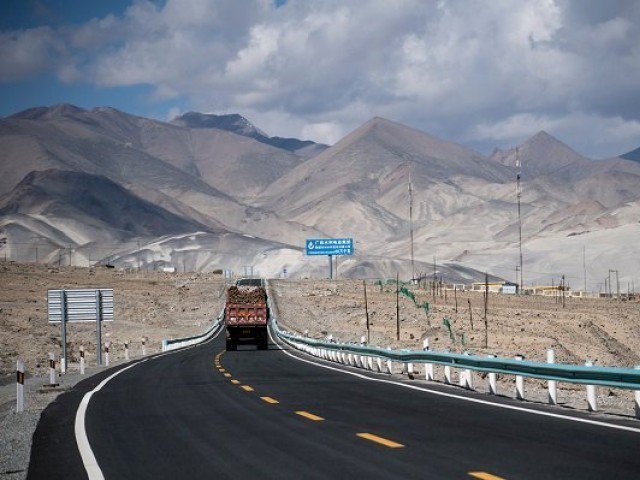
It would be extremely difficult for Pakistan to undertake such mega projects in the present conditions, due to the IMF programme and its conditions. Moreover, CPEC was hailed as a game changer for Pakistan, not because it would provide yet another avenue for financing its infrastructure ambitions but because it offered an opportunity to integrate with the world’s industrial powerhouse. It promised opportunities for industrial transformation, increased exports and better employment. Filling the infrastructure gaps was just the first piece of the puzzle.
The real challenge is to put this infrastructure to use. But the policymakers seem unclear about this aspect, while their idea of industrial cooperation remains limited to flawed understanding of special economic zones. If Pakistan is serious about using CPEC as a stimulus for its economy, it needs a robust economic cooperation framework.
Firstly, there is a need to fix the SEZs and that would mean providing quality infrastructure and investor-friendly regulations. Only then can the investors be enticed with investment incentives.
Unfortunately, however, we have turned this approach upside down. The government is mulling over incentives for investors, while the new SEZs remain incomplete and the existing ones continue to wrestle with basic issues like utilities, land titles and complicated regulations hidden behind the façade of one-windows.
These SEZs, if fixed, can make Pakistan the choicest destination for relocating industries from China. Due to increased labour costs, over-capacity and environmental factors, China is gradually exiting from industries like garments, textiles, cement, papermaking, light engineering, etc. There is no reason why Pakistan cannot join the league of Vietnam, Myanmar, Cambodia, Indonesia and Bangladesh to house these industries.
Besides fixing SEZs, there is also a need to undertake complementary reforms to fully benefit from the BRI investments. A World Bank study on BRI economics highlights that because of infrastructure and policy gaps, the BRI economies under-trade by 30% and fall short of their potential FDI by 70%. But with corridors like CPEC lowering travel times, this can change. It is estimated that reducing travel time by one day would potentially increase BRI trade by 5.2% and the countries with comparative advantage in time-sensitive sectors like perishable agriculture products can benefit the most from this.
Xinjiang is the gateway to CPEC, and its imports have been growing exponentially. Only within the current year, they have risen by 62%. Agriculture products form a major part of these imports and this is where Pakistan has a comparative advantage, due to its large agricultural base and its location right next to Xinjiang.
But the same World Bank study also cautions that border delays and trade restrictions can wipe off most of these advantages. And this is exactly where Pakistan is lacking. The World Economic Forum’s Enabling Trade Index ranks Pakistan at 122 amongst 136 countries. Pakistan scores below South Asia on all but the two pillars of transport infrastructure and services. This means that we need to look beyond infrastructure and improve on dimensions like efficiency and transparency of border administration.
If we can get the economic cooperation right, CPEC may be the answer to our economic woes. If not, we are only going to see unfulfilled promises of more infrastructure.
Published in The Express Tribune, November 5th, 2019.
Like Opinion & Editorial on Facebook, follow @ETOpEd on Twitter to receive all updates on all our daily pieces.



1732105641-0/BeFunky-collage-(78)1732105641-0-165x106.webp)







COMMENTS (1)
Comments are moderated and generally will be posted if they are on-topic and not abusive.
For more information, please see our Comments FAQ